How Cybersecurity Affects You on a Daily Basis
In today's digital age, the concept of cybersecurity is not just a buzzword; it's a vital part of our everyday lives. Whether you're scrolling through social media, managing online banking, or simply browsing the web, the invisible thread of cybersecurity weaves through each activity, impacting your personal safety, financial security, and overall digital well-being. Imagine stepping into a bustling city where every corner has a security camera, every store has a doorman, and every streetlight is monitored. This is akin to how cybersecurity functions in the digital realm, constantly working to protect you from unseen threats lurking in the shadows.
Cybersecurity affects you daily in ways that might surprise you. For instance, when you receive a notification from your bank about a suspicious transaction, that’s cybersecurity at work, alerting you to potential fraud before it escalates. Or consider how your favorite shopping site uses encryption to protect your credit card information. These protective measures are often taken for granted, yet they play a crucial role in keeping you safe online. As we dive deeper into this article, we will explore the importance of maintaining good cyber hygiene, understanding common cyber threats, and implementing protective measures for your personal devices.
Maintaining good cyber hygiene is essential for protecting personal information in an increasingly connected world. Just like washing your hands helps prevent illness, practicing good cyber hygiene can significantly reduce your risk of falling victim to cyber threats. This involves a series of simple yet effective practices that everyone can adopt. For example, regularly updating your passwords, being cautious about the links you click, and ensuring your software is up to date are all integral parts of maintaining a healthy digital lifestyle. By cultivating these habits, you not only enhance your own security but also contribute to a safer online community.
Understanding the various types of cyber threats is crucial for awareness and prevention. The digital landscape is fraught with dangers such as phishing, malware, and ransomware. Each of these threats can have a profound impact on individuals, leading to compromised personal information, financial loss, and even emotional distress. By familiarizing yourself with these threats, you can better prepare yourself to navigate the online world safely and confidently.
Phishing attacks are deceptive attempts to obtain sensitive information, often disguised as trustworthy communications. These attacks can manifest in various forms, such as emails that appear to be from your bank or messages from seemingly legitimate companies asking you to verify your account details. Recognizing these tactics is the first step in protecting yourself. Always be skeptical of unsolicited messages that urge you to act quickly or provide personal information.
Recognizing the signs of phishing emails can prevent data breaches. Common indicators include:
- Generic Greetings: Emails that start with "Dear Customer" instead of your name.
- Urgent Language: Messages that create a sense of urgency, pressuring you to act quickly.
- Suspicious Links: Hover over links to see if the URL matches the sender's domain.
By being vigilant and questioning the legitimacy of unexpected communications, you can significantly reduce your risk of falling victim to these scams.
Reporting phishing attempts contributes to broader cybersecurity efforts. If you encounter a phishing email, take the time to report it to your email provider and the organization being impersonated. This helps them take action and protect others from similar threats. The process is usually straightforward and can often be done with just a few clicks.
Malware can disrupt personal and professional life significantly. It can infect your devices through malicious downloads, email attachments, or compromised websites. Once installed, malware can steal personal information, damage files, or even take control of your computer. The consequences of such infections can be devastating, leading to identity theft, financial loss, and a complete overhaul of your digital life.
Securing personal devices is vital for safeguarding information. Your smartphone, tablet, and computer are gateways to your personal data, and protecting them from cyber threats is essential. Regularly updating your software, using strong passwords, and being cautious about the applications you download are key strategies for maintaining the security of your devices.
Regular software updates are crucial for device security. These updates often include security patches that fix vulnerabilities hackers could exploit. By keeping your software up to date, you’re essentially fortifying your defenses against potential attacks. Think of it like locking your doors every night; it’s a simple step that can save you from a lot of trouble.
Strong passwords are the first line of defense against unauthorized access. A strong password is typically at least 12 characters long, includes a mix of letters, numbers, and symbols, and avoids easily guessable information like birthdays or common words. Consider using a password manager to help create and store complex passwords securely. This way, you won’t have to rely on memory alone, and you can enhance your security effortlessly.
With the rise of remote work, cybersecurity has become even more critical. As more people work from home, the potential for cyber threats increases, making it essential to maintain security while working remotely. This includes understanding the unique challenges that come with remote work and implementing strategies to mitigate risks.
A secure home network is essential for remote workers. Ensure your Wi-Fi connection is password protected, and consider changing the default router settings. Regularly updating your router’s firmware can also help close security gaps. Think of your home network as your digital fortress; the stronger the walls, the safer you are from intruders.
Collaboration tools can pose security risks. When using these platforms, always be cautious about sharing sensitive information and ensure that the tools you use are secure. Enable two-factor authentication wherever possible, and educate your team about the importance of cybersecurity in remote settings. By fostering a culture of security awareness, you can help protect not just yourself but your entire organization.
Q: What is the best way to protect myself from phishing attacks?
A: Always verify the sender's email address, look for signs of urgency, and avoid clicking on suspicious links. Use security software that can help detect phishing attempts.
Q: How often should I update my passwords?
A: It's recommended to change your passwords every three to six months and to use unique passwords for different accounts.
Q: What should I do if I think I've been a victim of cybercrime?
A: Immediately change your passwords, report the incident to your bank and local authorities, and monitor your accounts for any unauthorized transactions.
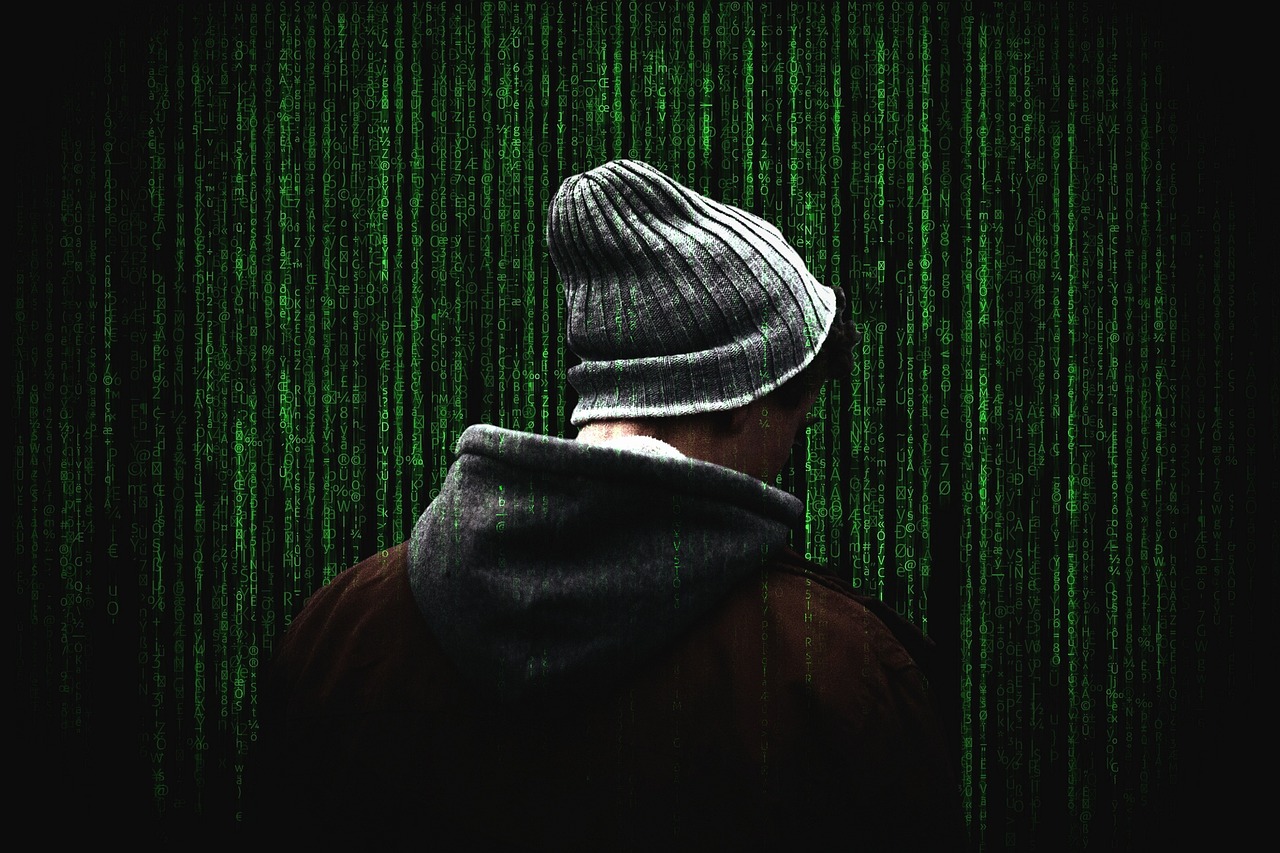
The Importance of Cyber Hygiene
In today's digital landscape, cyber hygiene is more than just a buzzword; it's a necessity. Just like washing your hands can prevent illness, practicing good cyber hygiene can protect you from a multitude of online threats. You might think, "Why should I care? I'm just an average user!" But here's the thing: every time you go online, whether it's checking your email or scrolling through social media, you're exposed to potential cyber risks. So, let's dive into why maintaining good cyber hygiene is essential for safeguarding your personal information.
First off, consider this: your personal information is like a treasure chest. If you leave it unguarded, someone might sneak in and take what’s valuable to you. Cyber hygiene practices act as the locks and alarms on that treasure chest. Simple steps like using strong passwords and regularly updating your software can create formidable barriers against cybercriminals. Think of it as putting on a seatbelt when you get into a car; it’s a small action that can have a big impact on your safety.
One of the easiest ways to enhance your cyber hygiene is by being aware of the common pitfalls. For example, many people use the same password across multiple sites because it’s easier to remember. However, this practice is akin to leaving your front door wide open. If a hacker gets access to one account, they can potentially access all your accounts. Instead, consider using a password manager to keep track of unique, complex passwords for each site. This way, you can sleep easy knowing your digital life is secure.
Moreover, being proactive about software updates is crucial. Software developers frequently release updates to patch vulnerabilities that hackers could exploit. Ignoring these updates is like ignoring a warning sign on a road; it can lead to serious consequences. Make it a habit to check for updates regularly, and enable automatic updates whenever possible. This simple practice can dramatically reduce your risk of falling victim to malware or other cyber threats.
Lastly, let's not forget about the importance of education. Staying informed about the latest cybersecurity trends and threats can empower you to make better decisions online. There are countless resources available, from blogs to webinars, that can help you stay ahead of the curve. The more you know, the better equipped you are to navigate the digital world safely. Remember, in the realm of cybersecurity, knowledge is power!
In summary, good cyber hygiene is an essential part of your daily life. By implementing simple yet effective practices, you can protect your personal information and maintain your digital well-being. So, are you ready to lock that treasure chest and keep your online life secure?
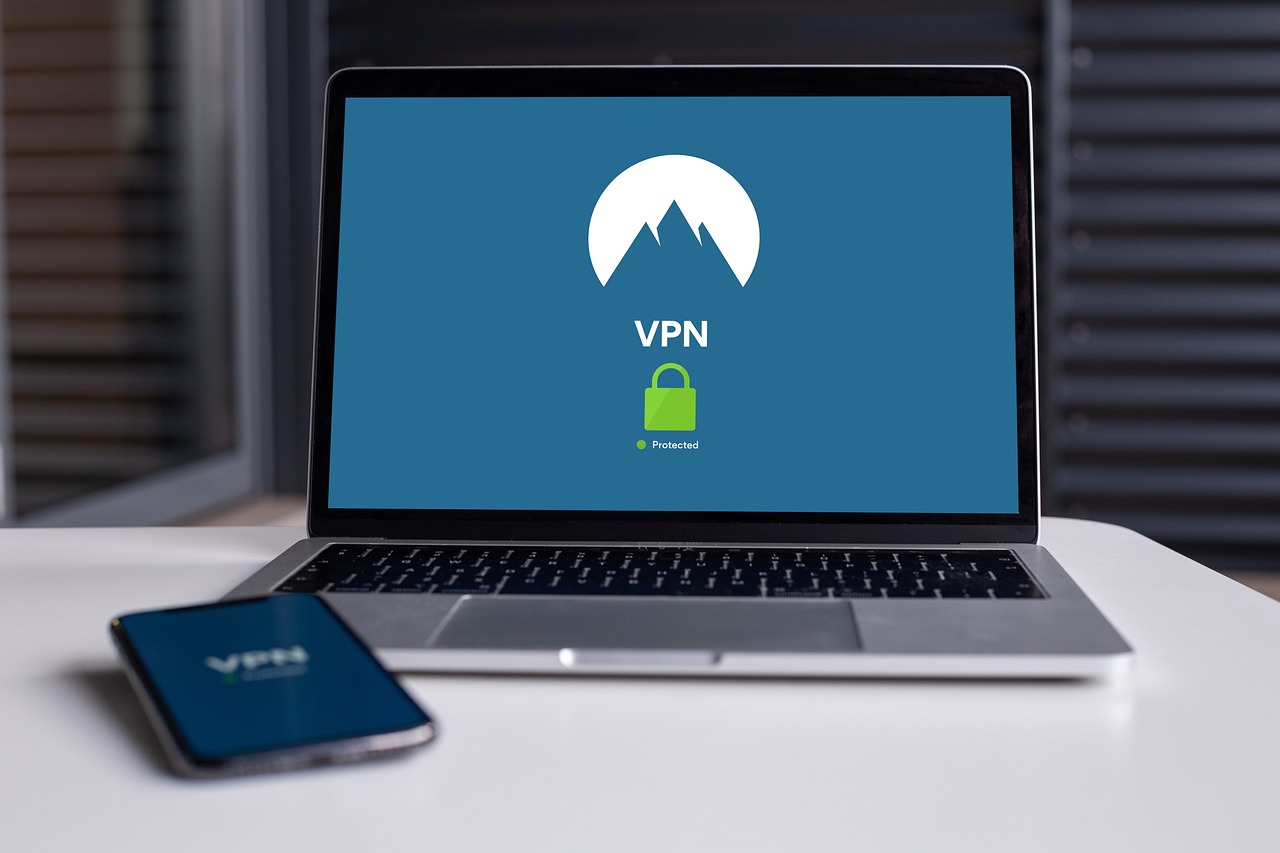
Common Cyber Threats
In our increasingly digital world, understanding common cyber threats is not just a luxury—it's a necessity. These threats lurk around every corner of the internet, waiting to exploit vulnerabilities in our personal and professional lives. Cybercriminals are constantly evolving their tactics, making it crucial for everyone to stay informed and vigilant. From phishing scams to devastating malware attacks, the landscape of cyber threats is vast and complex.
One of the most prevalent types of cyber threats is phishing. This deceptive practice involves tricking individuals into revealing sensitive information, such as passwords or credit card numbers, often through seemingly legitimate emails or messages. Imagine receiving an email that appears to be from your bank, asking you to verify your account details. If you fall for it, you could unwittingly hand over your financial security to a cybercriminal.
Malware is another significant threat that can wreak havoc on your devices. This malicious software can infiltrate your systems through various means, such as downloading infected files or clicking on harmful links. Once inside, malware can disrupt your daily operations, steal personal data, or even lock you out of your own files, demanding a ransom to regain access. The consequences of a malware infection can be severe, affecting both your personal and professional life.
Additionally, ransomware has emerged as a particularly alarming type of malware. This insidious threat encrypts your files and demands payment for their release. Imagine waking up one morning to find that all your important documents are inaccessible, with a message on your screen demanding money to restore access. Ransomware attacks can lead to significant financial loss and emotional distress, making it imperative to understand how to protect yourself.
To help you navigate these threats, here are some common cyber threats you should be aware of:
- Phishing: Deceptive emails or messages designed to trick you into providing sensitive information.
- Malware: Software designed to disrupt, damage, or gain unauthorized access to computer systems.
- Ransomware: A type of malware that encrypts your files and demands payment for their release.
Being aware of these threats is the first step in safeguarding your digital life. Knowledge is power, and understanding how these cyber threats operate can help you make informed decisions about your online activities. Remember, the more you know, the better equipped you are to protect yourself and your information from potential threats.
Q: What is phishing?
A: Phishing is a cyber attack that involves tricking individuals into providing sensitive information through deceptive emails or messages.
Q: How can I protect myself from malware?
A: You can protect yourself from malware by keeping your software updated, avoiding suspicious downloads, and using trusted security software.
Q: What should I do if I fall victim to a ransomware attack?
A: If you fall victim to a ransomware attack, do not pay the ransom. Instead, report the incident to authorities and seek professional help to recover your files.
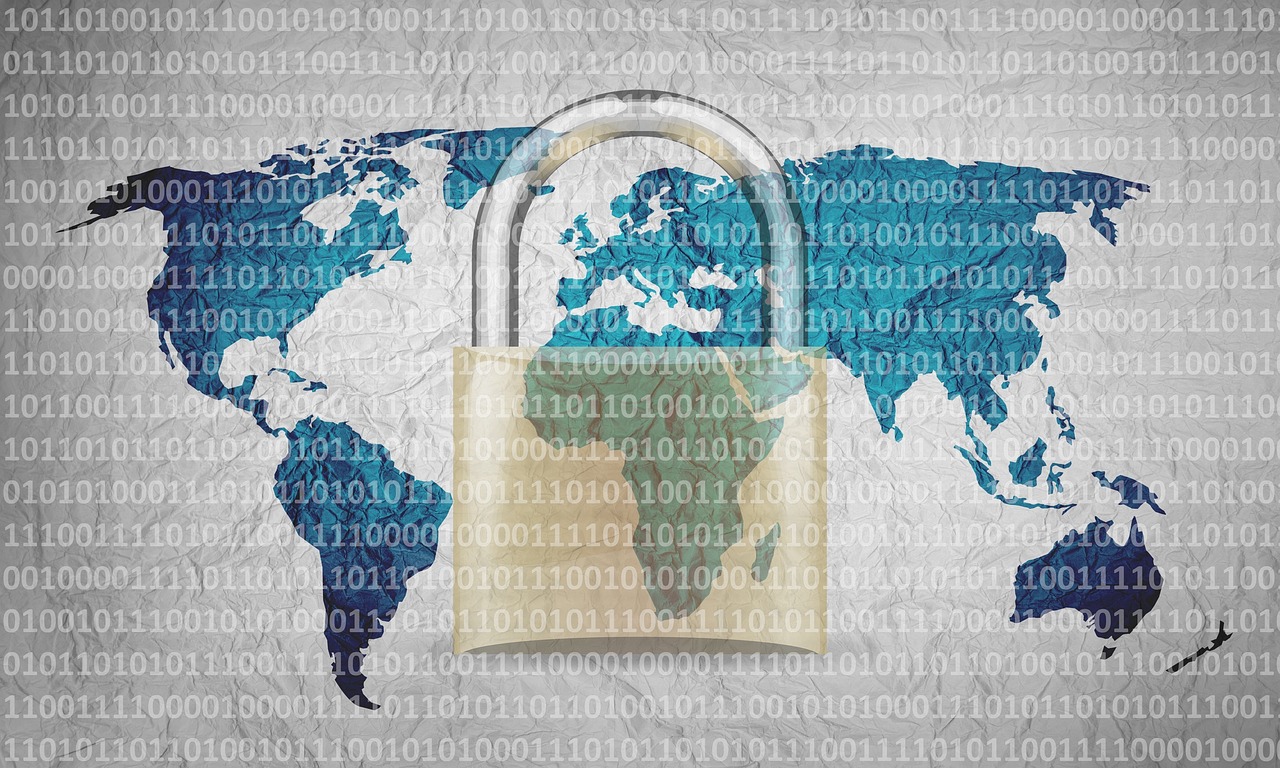
Phishing Attacks
Phishing attacks are like digital fishing expeditions where cybercriminals use deceptive tactics to lure unsuspecting victims into revealing sensitive information, such as passwords, credit card numbers, or personal identification details. Imagine you're casually scrolling through your emails, and you stumble upon a message that appears to be from your bank. The email urges you to click on a link to verify your account details. Sounds legit, right? Well, that’s exactly what these attackers want you to think! They craft messages that mimic trusted sources, making it crucial for you to stay vigilant.
These attacks can take various forms, but the underlying principle remains the same: tricking you into giving up your information. Some common types of phishing include:
- Email Phishing: The most prevalent form, where attackers send fraudulent emails that seem to come from reputable companies.
- Spear Phishing: A more targeted approach, where attackers customize their messages based on personal information they have gathered about you.
- Whaling: This targets high-profile individuals like executives, using personalized messages to increase the chances of success.
To effectively combat phishing, it’s essential to understand how these attacks work. Typically, a phishing email will include a sense of urgency, prompting you to act quickly without thinking. It may contain links that lead to fake websites designed to capture your login credentials. The best defense against these attacks is awareness. Always verify the sender's email address, look for grammatical errors, and never click on suspicious links. If something feels off, trust your instincts!
Moreover, if you find yourself a victim of a phishing attack, it’s vital to act swiftly. Change your passwords immediately and inform your bank or service provider about the incident. They can help you secure your accounts and prevent further damage.
In conclusion, phishing attacks are a significant threat in today's digital landscape, but by staying informed and cautious, you can protect yourself from falling into their traps. Remember, it’s better to be safe than sorry when it comes to your personal information!
Q1: What should I do if I think I've received a phishing email?
A1: If you suspect an email is a phishing attempt, do not click any links or download attachments. Report the email to your email provider and delete it from your inbox.
Q2: How can I tell if an email is legitimate?
A2: Check the sender's email address for inconsistencies, look for spelling errors, and be cautious of emails that create a sense of urgency. Legitimate organizations will not ask for sensitive information via email.
Q3: Can my antivirus software protect me from phishing?
A3: While antivirus software can help detect malware, it may not catch all phishing attempts. It's essential to combine antivirus protection with good cyber hygiene practices.
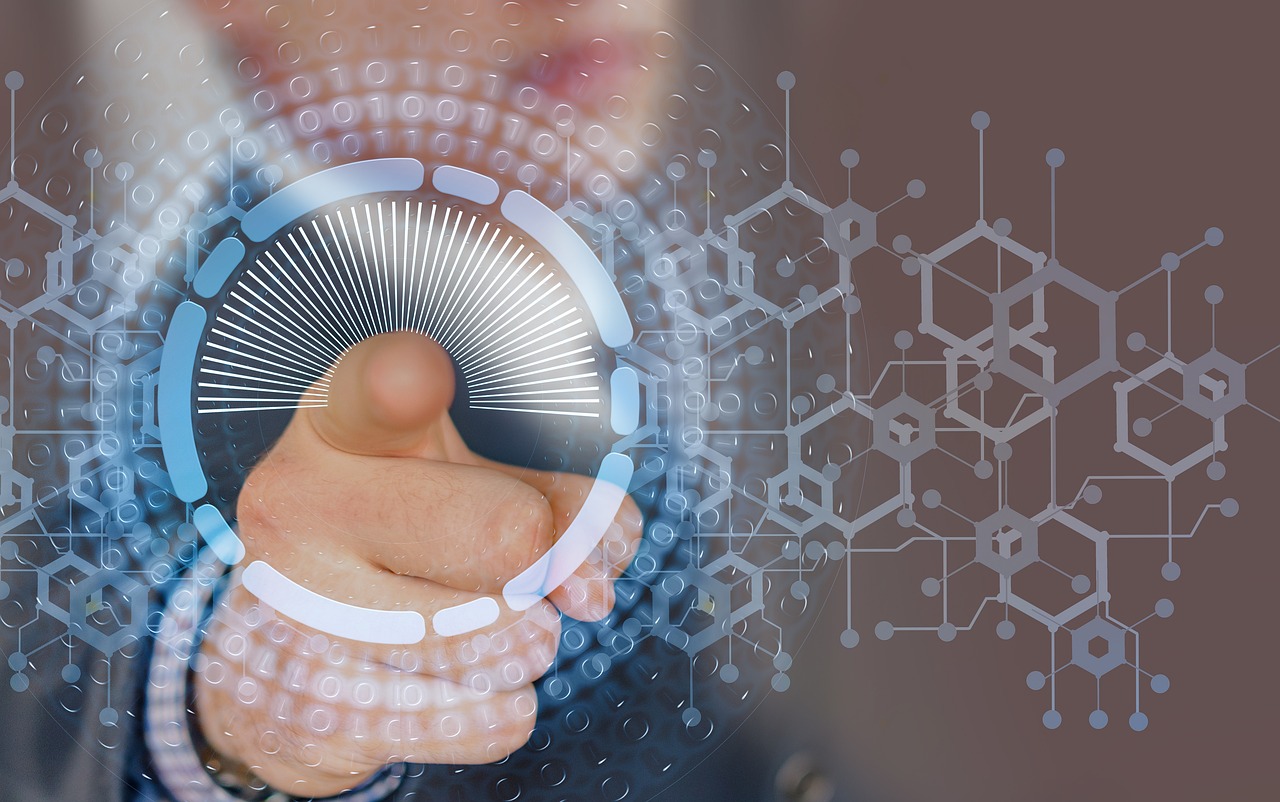
Identifying Phishing Emails
Phishing emails are like wolves in sheep's clothing; they often appear harmless or even friendly, but their true intent is to deceive you into revealing sensitive information. Recognizing these deceptive messages can be the difference between safeguarding your personal data and falling victim to cybercriminals. So how can you spot a phishing email before it’s too late?
First, pay close attention to the sender's email address. Often, phishing emails come from addresses that look similar to legitimate ones but contain slight variations, such as missing letters or unusual domains. For instance, instead of support@bank.com, you might see support@bank-secure.com. Always scrutinize the sender's details.
Next, consider the subject line. Phishing emails frequently use urgent language to create a sense of panic or excitement, prompting you to act quickly without thinking. Phrases like “Your account will be suspended” or “You’ve won a prize!” are common red flags. If it sounds too good to be true or feels overly alarming, take a step back.
Another key indicator is the content of the email itself. Phishing attempts often contain generic greetings like “Dear Customer” instead of your actual name. Additionally, look for poor grammar and spelling mistakes, which can be signs that the email is not from a reputable source. Legitimate companies usually have professional communication standards.
Moreover, phishing emails often include suspicious links or attachments. Hover over any links (without clicking) to see the actual URL. If it doesn’t match the company’s official website or looks strange, it’s best to avoid it. Similarly, be cautious with attachments, especially if you weren’t expecting anything from the sender. They could contain malware designed to compromise your device.
Lastly, if you’re ever in doubt, verify the email’s authenticity by contacting the company directly using a trusted method, such as their official website or customer service number. Don’t use any contact information provided in the suspicious email, as it may lead you directly to the scammer.
In summary, identifying phishing emails requires vigilance and a keen eye for detail. By being aware of the common tactics used by cybercriminals, you can significantly reduce your risk of falling victim to their schemes. Remember, when in doubt, it’s always better to err on the side of caution!
- What should I do if I suspect an email is a phishing attempt? If you suspect an email is a phishing attempt, do not click any links or download attachments. Report the email to your email provider and delete it.
- Can phishing emails come from friends or family? Yes, if a friend's or family member's account has been compromised, they may unknowingly send phishing emails. Always verify with them directly if you receive a suspicious email.
- Are there tools to help identify phishing emails? Yes, there are various browser extensions and email filters that can help identify and block phishing attempts. However, always stay vigilant and use your judgment.
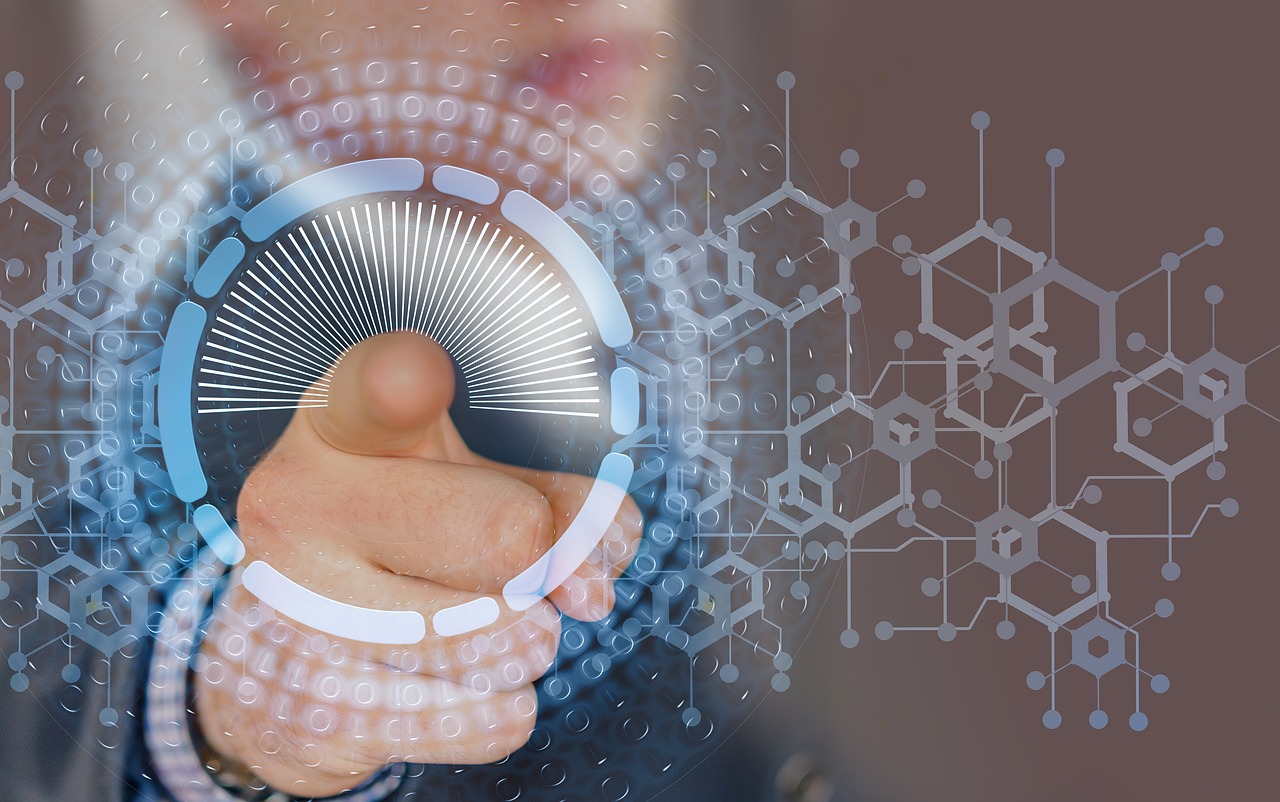
Reporting Phishing Attempts
When it comes to dealing with phishing attempts, you might feel a bit overwhelmed. But fear not! Reporting these malicious attempts is not only a way to protect yourself but also contributes to a larger effort to keep the internet safe for everyone. Think of it as being part of a digital neighborhood watch. By reporting phishing emails, you help alert others to potential threats and assist organizations in taking action against cybercriminals.
So, how do you report a phishing attempt? It's simpler than you might think! Most email providers have built-in features that allow you to report suspicious emails directly. For example, if you're using Gmail, you can click on the three dots in the top right corner of the email and select "Report phishing." This action not only removes the email from your inbox but also sends the information to Google for further investigation. Other email services have similar processes, so always look for the reporting option.
Additionally, if you receive a phishing email that impersonates a legitimate company, such as your bank or a popular online service, it’s crucial to report it to them as well. Most companies have dedicated channels for reporting fraud. Here’s a quick rundown of steps you can take:
- Identify the phishing email: Look for signs such as unusual sender addresses, poor grammar, or requests for sensitive information.
- Use the reporting feature: Use your email provider's built-in reporting tool.
- Forward the email: Send the phishing email to the legitimate company’s fraud department. You can usually find their email address on their official website.
- Delete the email: After reporting, make sure to delete the email to avoid any accidental clicks in the future.
Remember, reporting phishing attempts is a proactive step. It not only helps protect your own personal data but also aids in the fight against cybercrime. By taking action, you become a part of the solution, helping to create a safer online environment for everyone. And who knows? Your report might prevent someone else from falling victim to the same scam!
Q: What should I do if I accidentally clicked on a phishing link?
A: If you clicked on a phishing link, the first step is to disconnect from the internet to prevent any potential malware from spreading. Then, run a full security scan on your device using reliable antivirus software. Change your passwords immediately, especially for sensitive accounts, and monitor your accounts for any suspicious activity.
Q: Can I report phishing attempts anonymously?
A: Yes, you can report phishing attempts anonymously. Most email providers and organizations allow you to submit reports without requiring personal information. Just make sure to provide as much detail as possible about the phishing attempt.
Q: What are the consequences for phishing?
A: Phishing is a serious crime that can lead to severe consequences for the perpetrators, including hefty fines and imprisonment. Law enforcement agencies are increasingly cracking down on cybercrime, making it a risky endeavor for those who engage in it.
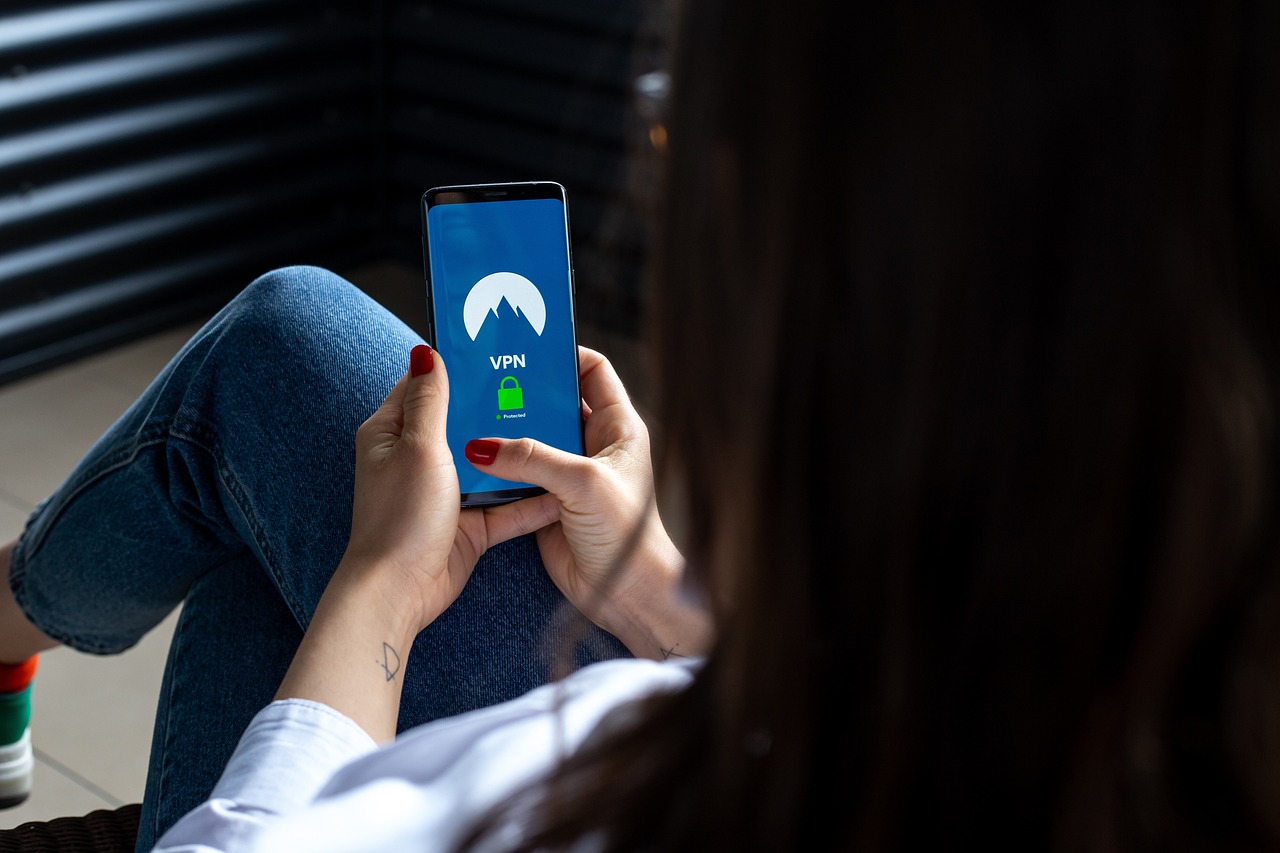
Malware and Its Impacts
Malware, short for malicious software, is like a digital thief that sneaks into your devices and wreaks havoc on your personal and professional life. Imagine waking up one morning to find that all your important files have been locked away, demanding a ransom for their release. This is the reality for many who fall victim to malware attacks. The impacts of malware are not just limited to inconvenience; they can lead to significant financial losses, identity theft, and a complete breakdown of trust in digital systems.
Malware comes in various forms, each with its own set of consequences. Some common types include:
- Viruses: These can replicate themselves and spread to other devices, often corrupting files in the process.
- Worms: Unlike viruses, worms can spread independently across networks, making them particularly dangerous.
- Trojan Horses: These disguise themselves as legitimate software but contain harmful code that can steal information or damage your system.
- Ransomware: This type locks your files and demands payment for their release, often leaving victims with no choice but to comply or lose their data forever.
But how does malware infect your devices in the first place? Often, it’s through seemingly harmless activities, such as downloading software from untrustworthy sources, clicking on suspicious links, or even opening an email attachment that appears legitimate. Once malware infiltrates your system, it can operate silently, gathering your personal information, logging your keystrokes, or even hijacking your webcam. The consequences can be staggering, leading to:
- Loss of sensitive data, including financial information and personal identifiers.
- Financial losses due to theft or ransom payments.
- Disruption of business operations, leading to lost productivity.
- Long-term damage to your reputation, especially if you handle sensitive client data.
In today’s hyper-connected world, the threat of malware is ever-present, making it crucial for individuals and organizations alike to adopt robust cybersecurity measures. This includes regular software updates, using reliable antivirus software, and practicing safe browsing habits. Remember, just like locking your doors at night, securing your digital life is essential to prevent unwanted intrusions.
Q: What is the best way to protect against malware?
A: Regularly update your software, use strong antivirus programs, and avoid clicking on suspicious links or downloading unknown attachments.
Q: Can malware be removed once it's on my device?
A: Yes, but it may require specific malware removal tools and sometimes professional help, depending on the severity of the infection.
Q: How can I tell if my device has malware?
A: Signs include slow performance, unexpected crashes, unfamiliar programs, and frequent pop-up ads. If you notice these, it's time to run a malware scan.
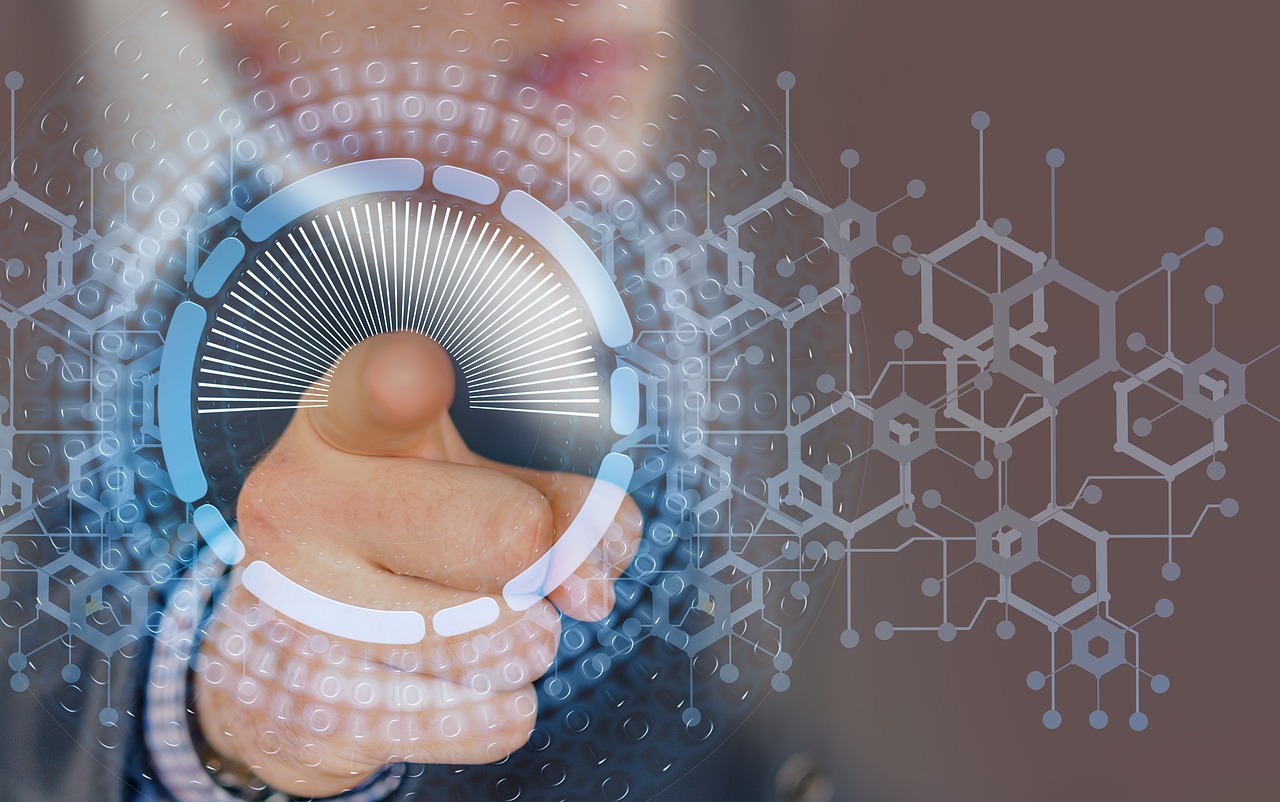
Protecting Personal Devices
In today's digital age, protecting your personal devices is more important than ever. Think of your devices as the gateways to your personal information and online life. Just as you would lock your doors and windows to keep intruders out, you need to implement robust security measures to safeguard your digital assets. Whether it's your smartphone, tablet, or computer, each device can be a target for cybercriminals looking to exploit vulnerabilities. But don’t worry! With some simple yet effective strategies, you can significantly reduce the risk of falling victim to cyber threats.
First and foremost, keeping your software updated is crucial. Software updates often include security patches that fix vulnerabilities that hackers could exploit. Imagine your device is like a fortress; if you don’t repair the cracks in the walls, it becomes easier for invaders to break in. Regularly check for updates on your operating system, applications, and antivirus software. Enabling automatic updates can also save you the hassle of remembering to do it manually.
Another layer of protection comes from using strong passwords. A weak password is like leaving your front door wide open. To create a strong password, use a mix of uppercase and lowercase letters, numbers, and special characters. Avoid using easily guessable information like birthdays or common words. Consider using a password manager to keep track of your passwords securely, allowing you to use unique passwords for different accounts without the headache of remembering them all.
Additionally, be cautious when connecting to public Wi-Fi networks. While they may be convenient, they can also be a hotbed for cyber threats. If you must use public Wi-Fi, consider using a Virtual Private Network (VPN) to encrypt your internet connection. This way, even if a cybercriminal is lurking on the same network, they won’t be able to access your data.
Furthermore, it’s essential to implement multi-factor authentication (MFA) wherever possible. MFA adds an extra layer of security by requiring not just a password but also another form of identification, such as a text message code or a fingerprint scan. This means that even if someone manages to get hold of your password, they would still need the second factor to access your accounts.
Lastly, be mindful of the apps and software you install on your devices. Only download applications from trusted sources, and regularly review the permissions they request. Some apps may ask for access to data or features that are unnecessary for their functionality. Think of it as allowing guests into your home; you wouldn’t let just anyone walk in without knowing who they are and what they want!
In summary, protecting your personal devices requires a proactive approach. By keeping your software updated, using strong passwords, being cautious with public Wi-Fi, enabling multi-factor authentication, and being selective about apps, you can create a robust defense against cyber threats. Remember, it’s not just about protecting your devices; it’s about ensuring your digital life remains safe and secure.
Q1: How often should I update my software?
A1: You should check for software updates at least once a month, but enabling automatic updates is the best way to ensure you don’t miss critical security patches.
Q2: What should I do if I suspect my device is infected with malware?
A2: Run a full scan using your antivirus software immediately. If malware is detected, follow the software’s instructions to remove it. If issues persist, consider seeking professional help.
Q3: Is it safe to use public Wi-Fi?
A3: Public Wi-Fi can be risky. If you must use it, avoid accessing sensitive information and consider using a VPN for added security.
Q4: What is multi-factor authentication, and why is it important?
A4: Multi-factor authentication is a security measure that requires two or more verification methods to access an account. It is important because it adds an extra layer of security beyond just a password.
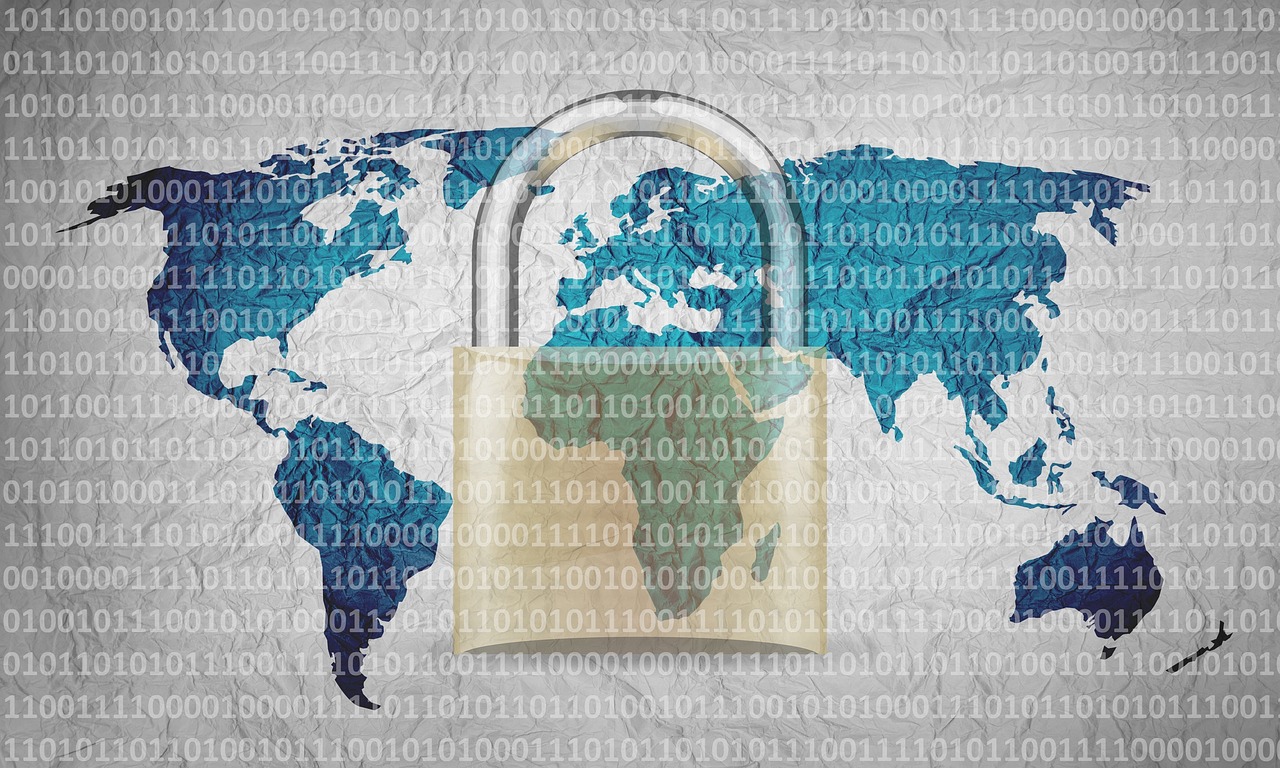
Software Updates and Security Patches
In today's fast-paced digital world, software updates and security patches play a crucial role in protecting your devices and personal information. Think of your software as a living organism; just like any living thing, it requires regular care and attention to thrive. When developers discover vulnerabilities or bugs, they issue updates to fix these issues, ensuring that your software runs smoothly and securely. Ignoring these updates is akin to leaving the front door of your house wide open—you're inviting trouble right in!
Many users often ignore update notifications, thinking, "I’ll do it later." However, this procrastination can lead to dire consequences. Cybercriminals are constantly on the lookout for unpatched software, as these vulnerabilities provide them with easy access to your data. According to recent studies, a significant percentage of data breaches occur due to outdated software. Keeping your software up-to-date is not just a good practice; it’s a necessity for your digital safety.
To illustrate the importance of software updates, consider this table:
| Type of Software | Frequency of Updates | Risks of Not Updating |
|---|---|---|
| Operating System | Monthly | Malware infections, data breaches |
| Antivirus Software | Daily | Increased vulnerability to threats |
| Web Browsers | Every few weeks | Phishing attacks, insecure connections |
| Applications | As needed | Functionality issues, security holes |
As you can see, different types of software have varying update frequencies, but the risks associated with neglecting updates are alarmingly similar. Remember, each time you postpone an update, you’re leaving a window open for potential threats.
In addition to regular updates, it’s essential to install security patches as soon as they are available. These patches are specifically designed to address vulnerabilities that could be exploited by hackers. For instance, when a major security flaw is discovered, software companies rush to develop patches to close the gap. By promptly installing these patches, you fortify your defenses and significantly reduce the risk of cyberattacks.
So, how can you ensure that your software is always up-to-date? Here are a couple of simple strategies:
- Enable Automatic Updates: Most operating systems and applications offer an automatic update feature. By enabling this, you can ensure that you receive the latest updates without even thinking about it.
- Regularly Check for Updates: Even with automatic updates, it’s a good idea to periodically check for updates manually, especially for critical software like antivirus programs.
In conclusion, staying on top of software updates and security patches is vital for protecting your digital life. It’s a small effort that pays off significantly in terms of security and peace of mind. Remember, a few minutes spent updating your software can save you from hours—if not days—of dealing with the aftermath of a cyberattack.
Q1: Why are software updates so important?
A1: Software updates are crucial because they fix vulnerabilities, improve functionality, and enhance security, protecting your devices from potential threats.
Q2: How can I enable automatic updates?
A2: You can enable automatic updates in the settings menu of your operating system or application. Look for the "Updates" or "Software Update" section.
Q3: What should I do if I encounter issues after an update?
A3: If you experience problems after an update, check the software’s support page for troubleshooting tips or consider rolling back to a previous version until a fix is available.
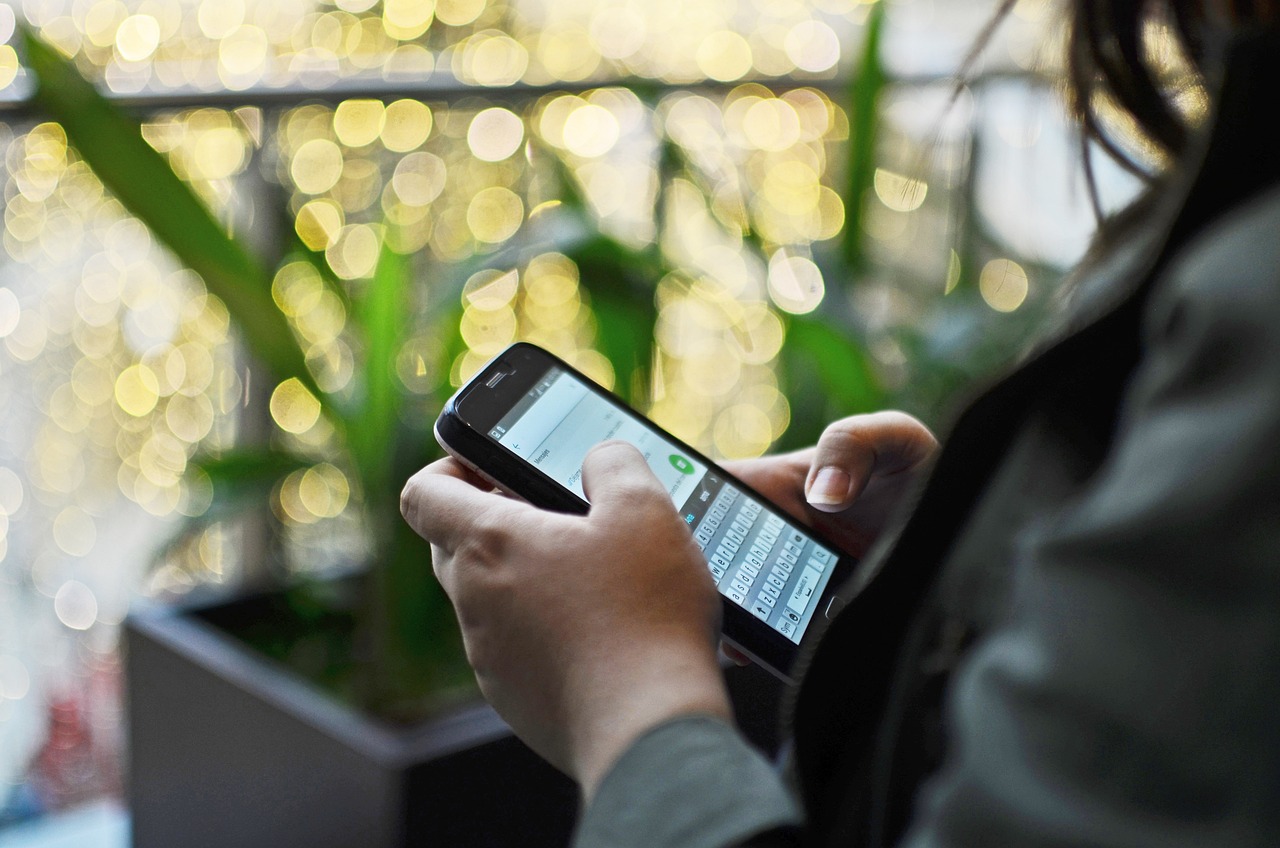
Using Strong Passwords
In today's digital landscape, strong passwords serve as the first line of defense against unauthorized access to your personal information. Just like you wouldn't leave your front door wide open, you shouldn't make it easy for cybercriminals to waltz into your digital life. A strong password is like a robust lock—it should be complex enough to deter any would-be intruders. So, what exactly makes a password strong? Here’s a quick breakdown:
| Criteria | Explanation |
|---|---|
| Length | A strong password should be at least 12-16 characters long. |
| Complexity | Include a mix of uppercase letters, lowercase letters, numbers, and special characters. |
| Avoid Common Words | Steer clear of easily guessable words or phrases, such as "password" or your name. |
| Uniqueness | Use different passwords for different accounts to prevent a domino effect if one gets compromised. |
Now, you might be wondering, "How do I remember all these complex passwords?" That's a valid concern! One effective strategy is to use a password manager. These handy tools can generate, store, and autofill your passwords securely, allowing you to focus on more important things in life—like binge-watching your favorite series or planning your next adventure. Moreover, you can create a passphrase instead of a password. A passphrase is a sequence of random words strung together, making it easier to remember while still being secure. For example, "BlueSky!Dancing@Elephant" is much harder to crack than "123456."
Another common pitfall is reusing passwords across multiple sites. Imagine using the same key for your house, car, and office. If someone gets hold of that key, they have access to everything! Similarly, if a hacker gains access to one of your accounts, they can easily infiltrate others if you’ve used the same password. Therefore, it’s crucial to create unique passwords for each of your accounts.
In summary, using strong passwords is not just a suggestion; it’s a necessity in today’s cyber world. By following these guidelines, you can significantly enhance your digital security and protect yourself from potential threats. Remember, your online safety is in your hands—literally!
- What is a password manager? A password manager is a tool that helps you generate, store, and manage your passwords securely.
- How often should I change my passwords? It’s recommended to change your passwords every 3 to 6 months, especially for sensitive accounts.
- Can I use the same password for different accounts if I add special characters? No, it’s best to use unique passwords for each account, regardless of complexity.
- What do I do if I forget my password? Use the "forgot password" feature on the login page to reset your password securely.
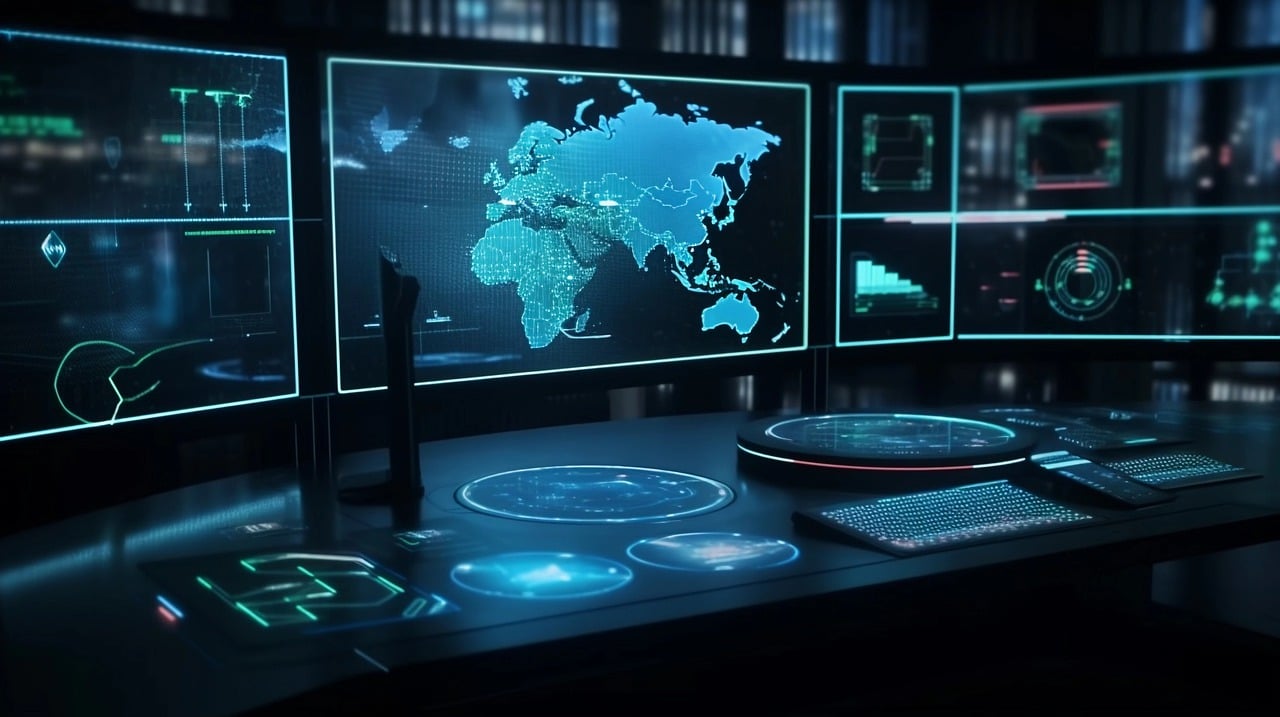
The Role of Cybersecurity in Remote Work
With the dramatic shift to remote work, especially in the wake of global events, cybersecurity has taken center stage in our daily lives. Imagine working from the comfort of your home, sipping your favorite coffee, while your work laptop sits on the kitchen table. Sounds great, right? But here’s the catch: that convenience comes with its own set of risks. Cybercriminals are always on the prowl, looking for vulnerabilities to exploit. The need for robust cybersecurity measures has never been more critical.
When working remotely, individuals often connect to home Wi-Fi networks that may not be as secure as corporate environments. This can open a Pandora's box of potential threats. For instance, unsecured networks can be easily infiltrated, allowing hackers to intercept sensitive data. Moreover, many remote workers use personal devices for work, which can further complicate security protocols. So, how can you ensure that your digital workspace remains safe?
First and foremost, establishing a secure home network is essential. This involves changing default router passwords, enabling encryption, and regularly updating firmware. Without these basic steps, you might as well be leaving your front door wide open for intruders. Additionally, it’s crucial to use Virtual Private Networks (VPNs) when accessing company resources. A VPN encrypts your internet connection, making it much harder for anyone to snoop on your online activities.
Another aspect to consider is the use of collaboration tools. While platforms like Zoom, Slack, and Microsoft Teams have become staples for remote communication, they can also introduce security vulnerabilities if not used properly. Best practices include:
- Using unique meeting IDs and passwords for virtual meetings.
- Limiting access to sensitive information and only sharing it with trusted colleagues.
- Regularly updating software to patch any security loopholes.
Moreover, organizations should provide training for employees on cybersecurity awareness. This can help in recognizing phishing attempts and understanding the importance of maintaining strong passwords. After all, a well-informed employee is the first line of defense against cyber threats.
In summary, while remote work offers unparalleled flexibility, it also demands a proactive approach to cybersecurity. By implementing strong security measures and fostering a culture of awareness, both individuals and organizations can navigate the digital landscape safely and effectively.
Q: What are the most common cybersecurity threats in remote work?
A: Common threats include phishing attacks, unsecured Wi-Fi networks, and malware infections. It's essential to stay vigilant and informed to mitigate these risks.
Q: How can I secure my home network?
A: Change your router's default password, enable WPA3 encryption, and regularly update your router's firmware to enhance security.
Q: Why is a VPN important for remote work?
A: A VPN encrypts your internet connection, protecting your data from being intercepted by hackers, especially when using public Wi-Fi.
Q: How can I recognize phishing emails?
A: Look for suspicious sender addresses, generic greetings, urgent language, and unexpected attachments or links.
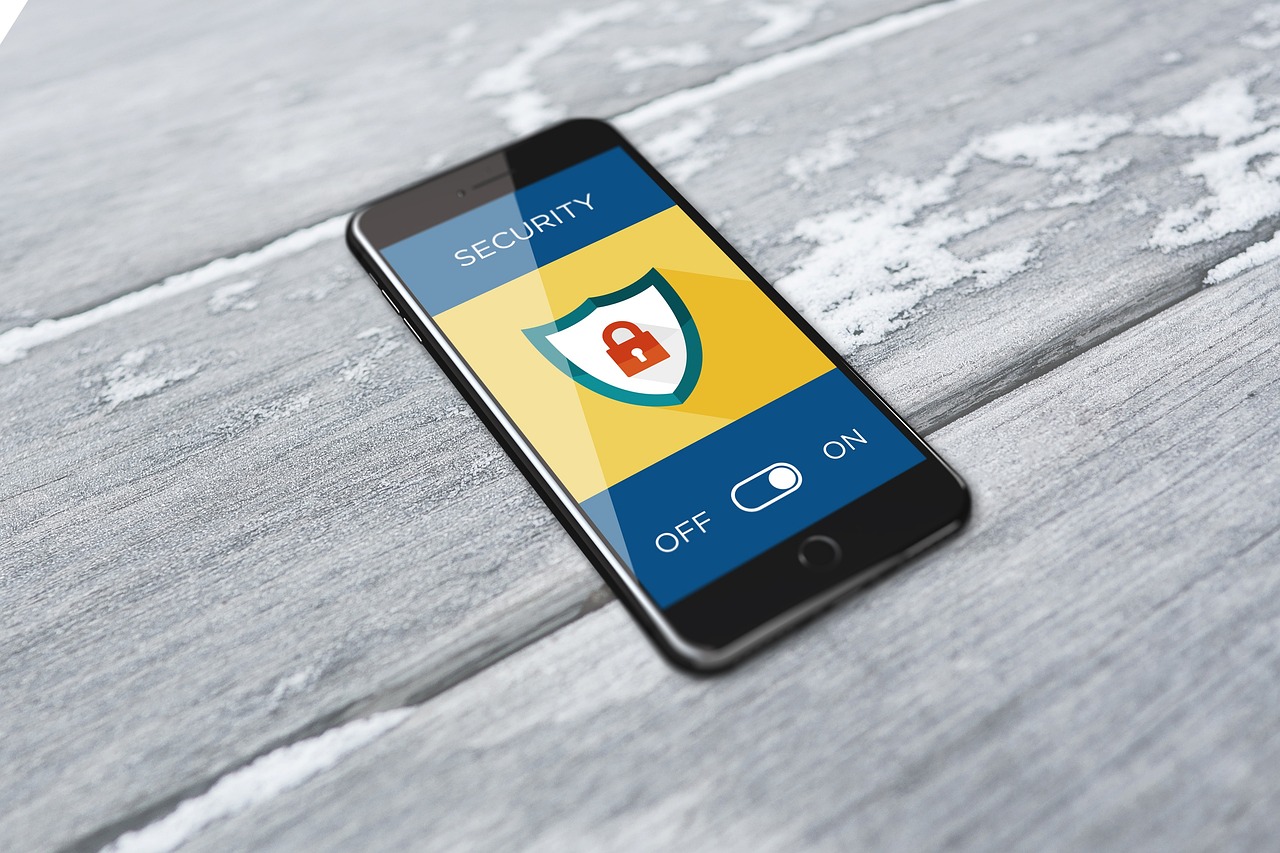
Secure Home Networks
In today's digital age, a secure home network is not just a luxury; it's a necessity. With the rise of remote work and smart devices, your home network can become a prime target for cybercriminals. Imagine your home as a fortress; if the gates are left wide open, intruders can easily slip in. Therefore, taking steps to fortify your network is essential for protecting your personal information and ensuring a safe online experience.
So, how can you secure your home network effectively? The first step is to change the default username and password of your router. Many people overlook this simple yet crucial task. Default credentials are often easily accessible online, making it a cakewalk for hackers to gain access. By creating a unique and strong password, you add an essential layer of protection.
Next, consider enabling WPA3 encryption on your Wi-Fi network. This is the latest and most secure form of wireless encryption available. It’s like having a high-tech lock on your front door that only you can open. If your router doesn’t support WPA3, opt for WPA2, but make sure to disable older protocols like WEP, as they are outdated and vulnerable.
Another important aspect of securing your home network is regularly updating your router's firmware. Just like your computer or smartphone, routers require updates to patch security vulnerabilities. Many manufacturers release updates periodically, so make it a habit to check for these updates and apply them. You can often enable automatic updates in the router settings, ensuring your network is always protected against the latest threats.
Additionally, consider setting up a guest network for visitors. This keeps your main network private and secure, allowing guests to access the internet without compromising your personal devices. Think of it as having a separate entrance for guests; they can come and go without having access to your private living space.
Lastly, it's crucial to monitor the devices connected to your network. Most modern routers allow you to see which devices are connected at any given time. If you notice any unfamiliar devices, it might be time to change your Wi-Fi password and kick them off your network. Regular monitoring is like keeping an eye on your security cameras; it gives you peace of mind and helps you react quickly if something seems off.
By following these steps, you can create a secure home network that protects not just your devices but also your personal information. Remember, cybersecurity starts at home, and a few proactive measures can make a world of difference in keeping your digital life safe.
Q: What is the best way to secure my home Wi-Fi network?
A: The best way to secure your home Wi-Fi is to change the default router username and password, enable WPA3 encryption, keep your router firmware updated, and monitor connected devices.
Q: How often should I change my Wi-Fi password?
A: It’s a good practice to change your Wi-Fi password every few months or immediately if you suspect any unauthorized access.
Q: Can I use the same password for my router and other accounts?
A: No, it’s advisable to use unique passwords for different accounts and devices to enhance security.
Q: What should I do if I find an unknown device connected to my network?
A: If you find an unfamiliar device, change your Wi-Fi password immediately and remove the device from your network settings.
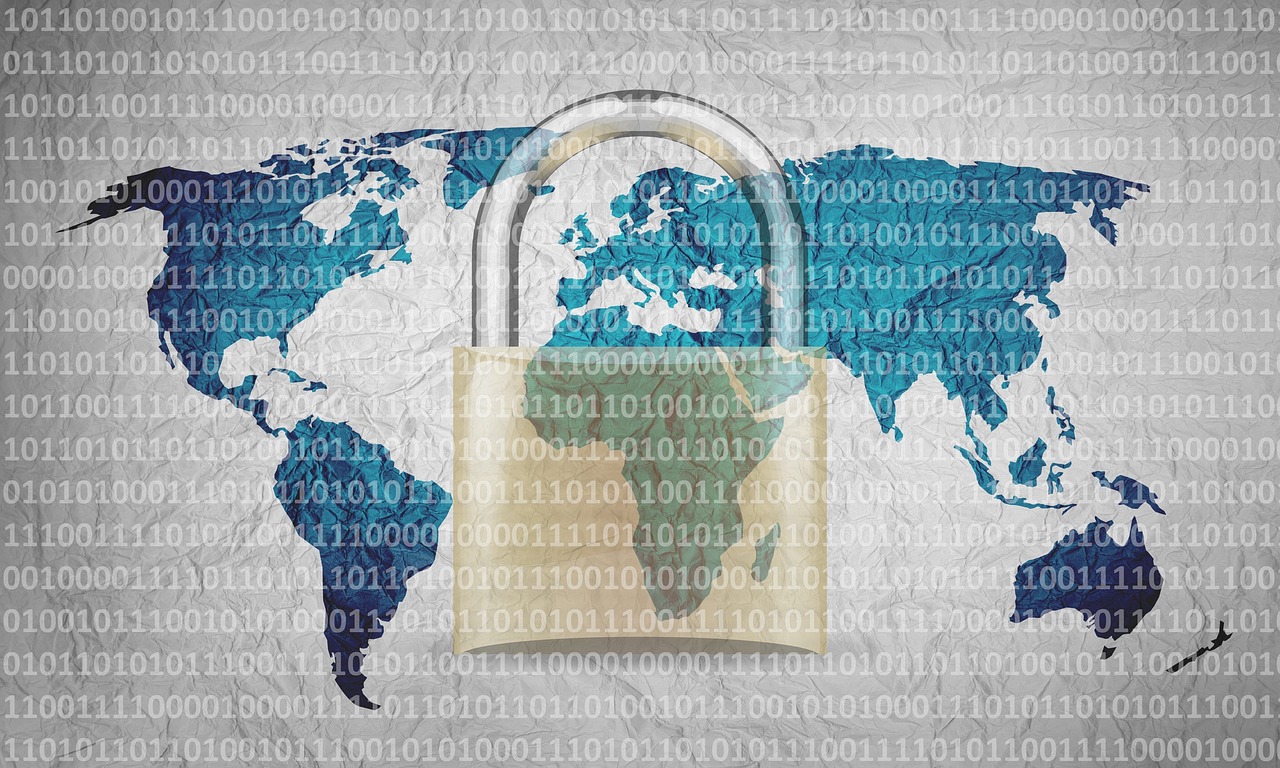
Best Practices for Remote Collaboration
In today's world, where remote work has become the norm for many, understanding the is essential. Working from home can indeed feel like a double-edged sword; on one side, it offers flexibility and comfort, while on the other, it presents unique challenges, especially regarding cybersecurity. So, how do we strike the right balance? Here are some strategies to ensure your collaborative efforts remain secure and effective.
First and foremost, communication is key. Utilize secure communication tools that offer end-to-end encryption. Applications like Signal or Microsoft Teams not only facilitate seamless conversations but also protect your data from potential breaches. It's like having a secure vault for your discussions; you wouldn't want just anyone to hear your secrets, right?
Another critical aspect is to establish clear guidelines for using collaboration tools. This includes setting protocols for sharing sensitive information. For instance, if you're working on a project that involves confidential data, ensure that all team members are aware of the dos and don’ts. Having a shared document that outlines these rules can be beneficial; think of it as a roadmap that everyone can refer to.
Moreover, regular training sessions on cybersecurity best practices can go a long way in keeping your team informed. Consider hosting a monthly webinar or a quick huddle where everyone can discuss the latest threats and how to mitigate them. This not only boosts awareness but also fosters a culture of security within your team. After all, a well-informed team is a well-protected team.
To illustrate the importance of secure collaboration, consider the following table that highlights the most common tools used for remote work along with their security features:
| Collaboration Tool | Security Features |
|---|---|
| Slack | Two-Factor Authentication, Data Encryption |
| Zoom | Password Protection, Waiting Rooms |
| Google Workspace | Advanced Phishing Protection, Secure File Sharing |
Lastly, don't underestimate the power of regular updates. Whether it’s updating your software or refreshing your security protocols, staying current is crucial. Cyber threats evolve rapidly, and so should your defenses. Just like a gardener tends to their plants, regularly pruning and nurturing them, you too must care for your digital environment.
In conclusion, remote collaboration can be incredibly rewarding, but it requires a proactive approach to cybersecurity. By implementing these best practices, you can create a safe and productive workspace, regardless of where you are. Remember, in the world of remote work, staying connected should never come at the cost of security.
- What are the best tools for remote collaboration?
Some popular tools include Slack, Microsoft Teams, and Zoom, each offering various features that enhance communication and collaboration. - How can I ensure my data is secure while working remotely?
Utilize secure communication platforms, regularly update your software, and educate your team on cybersecurity best practices. - What should I do if I suspect a security breach?
Immediately report the incident to your IT department or security team and follow your organization’s protocol for handling security breaches.
Frequently Asked Questions
- What is cyber hygiene and why is it important?
Cyber hygiene refers to the practices and steps that users take to maintain their online security. Just like washing your hands helps prevent illness, good cyber hygiene helps protect your personal information from cyber threats. Simple actions like regularly updating passwords, being cautious of suspicious emails, and keeping software up to date can significantly reduce the risk of cyber attacks.
- What are the most common types of cyber threats?
Common cyber threats include phishing, malware, and ransomware. Phishing involves tricking individuals into providing sensitive information, while malware refers to malicious software designed to harm or exploit devices. Ransomware is a type of malware that locks users out of their files until a ransom is paid. Understanding these threats is crucial for protecting yourself online.
- How can I identify phishing emails?
Identifying phishing emails can be tricky, but there are some telltale signs. Look for poor grammar, generic greetings, and suspicious links. If an email creates a sense of urgency or asks for personal information, it’s likely a phishing attempt. Always double-check the sender's email address and be wary of unexpected attachments.
- What should I do if I receive a phishing email?
If you receive a phishing email, do not click on any links or provide any personal information. Instead, report the email to your email provider and delete it. Reporting helps improve security measures and can protect others from falling victim to similar scams.
- How does malware infect my devices?
Malware can infect devices through various means, including downloading infected files, clicking on malicious links, or even through unsecured Wi-Fi networks. Once installed, it can wreak havoc by stealing personal information, corrupting files, or disrupting device functionality. Keeping your software and antivirus programs up to date can help prevent infections.
- What are some effective ways to protect my personal devices?
To protect your personal devices, ensure you regularly update your software and security patches. Use strong, unique passwords for different accounts, and consider using a password manager. Additionally, enable two-factor authentication wherever possible for an added layer of security.
- How can I secure my home network for remote work?
To secure your home network, start by changing the default username and password of your Wi-Fi router. Enable WPA3 encryption if available, and regularly update your router’s firmware. Consider using a virtual private network (VPN) for an extra layer of security when accessing sensitive information.
- What are best practices for using collaboration tools safely?
When using collaboration tools, ensure that you only share sensitive information with trusted colleagues. Use secure passwords and enable two-factor authentication. Be cautious about clicking on links shared in these tools, as they can sometimes lead to phishing sites or malware downloads.


















